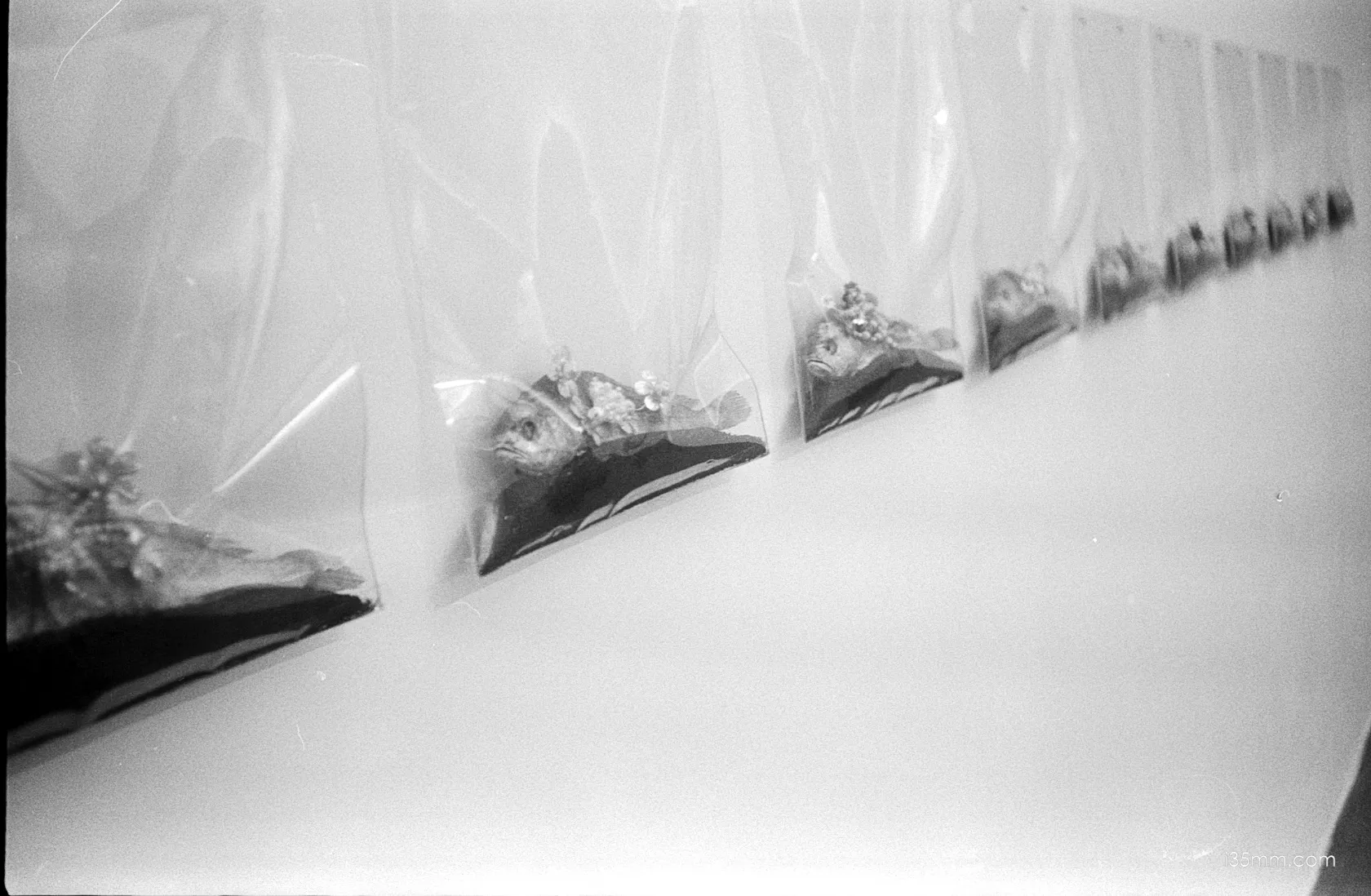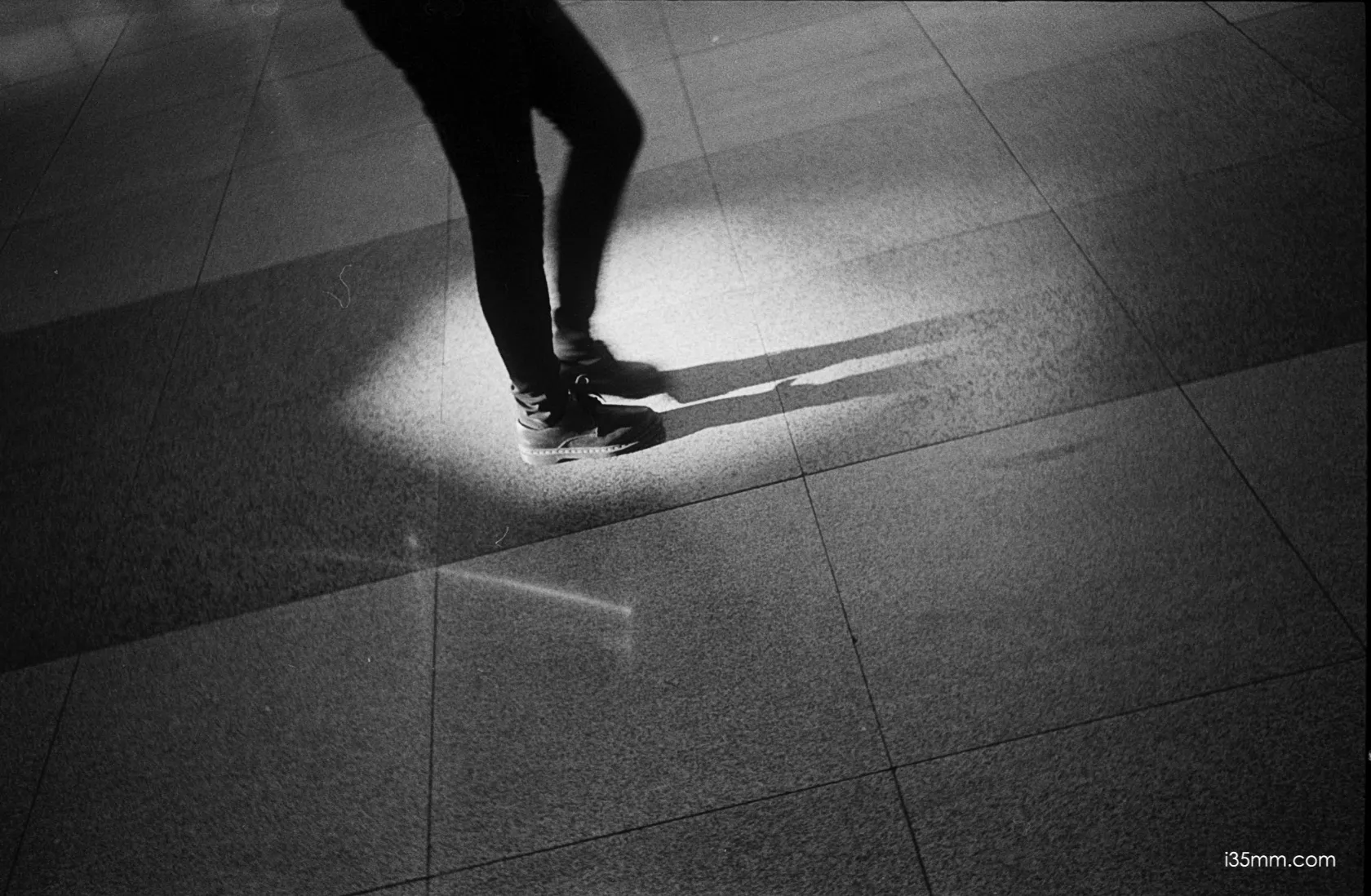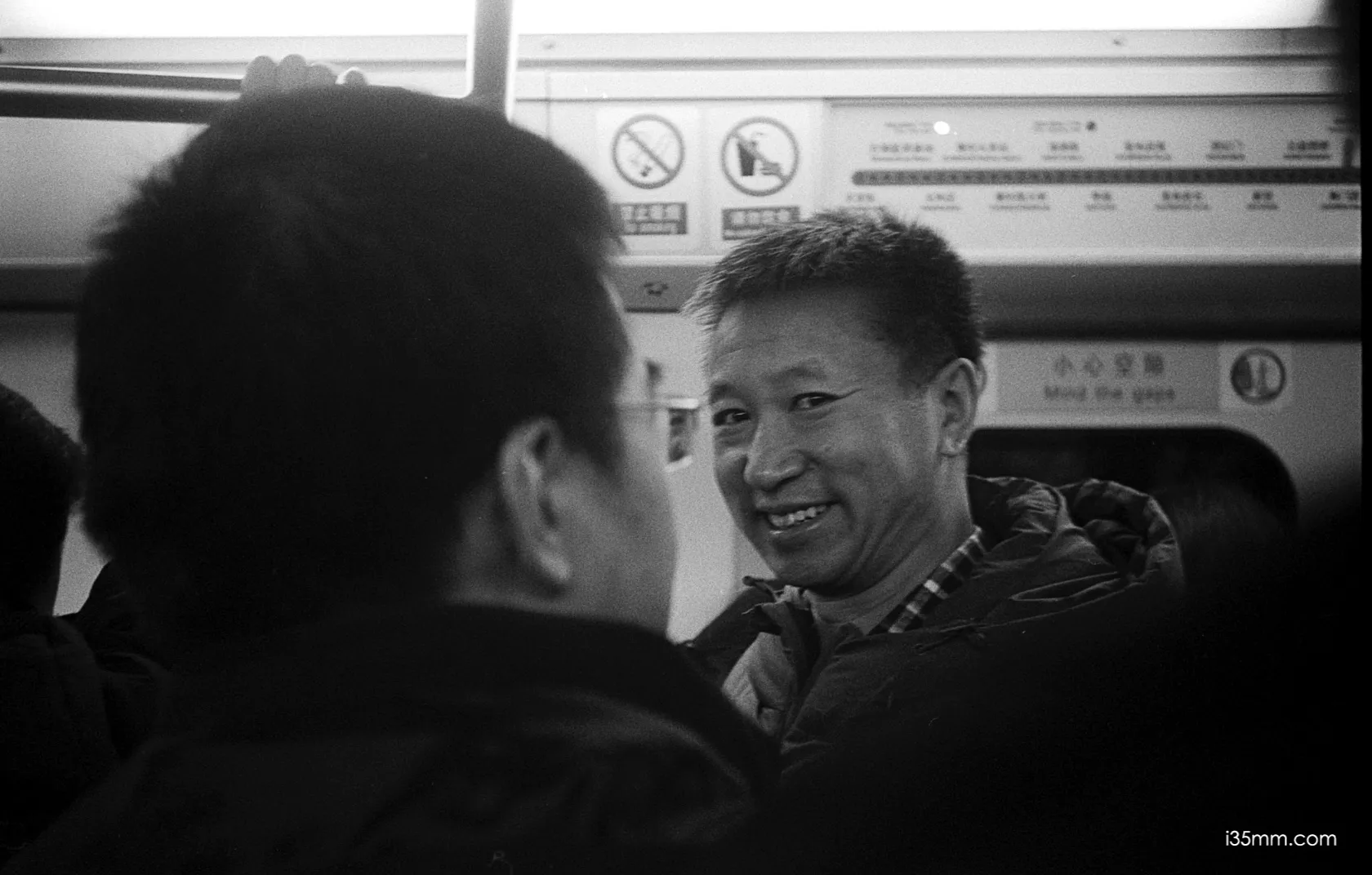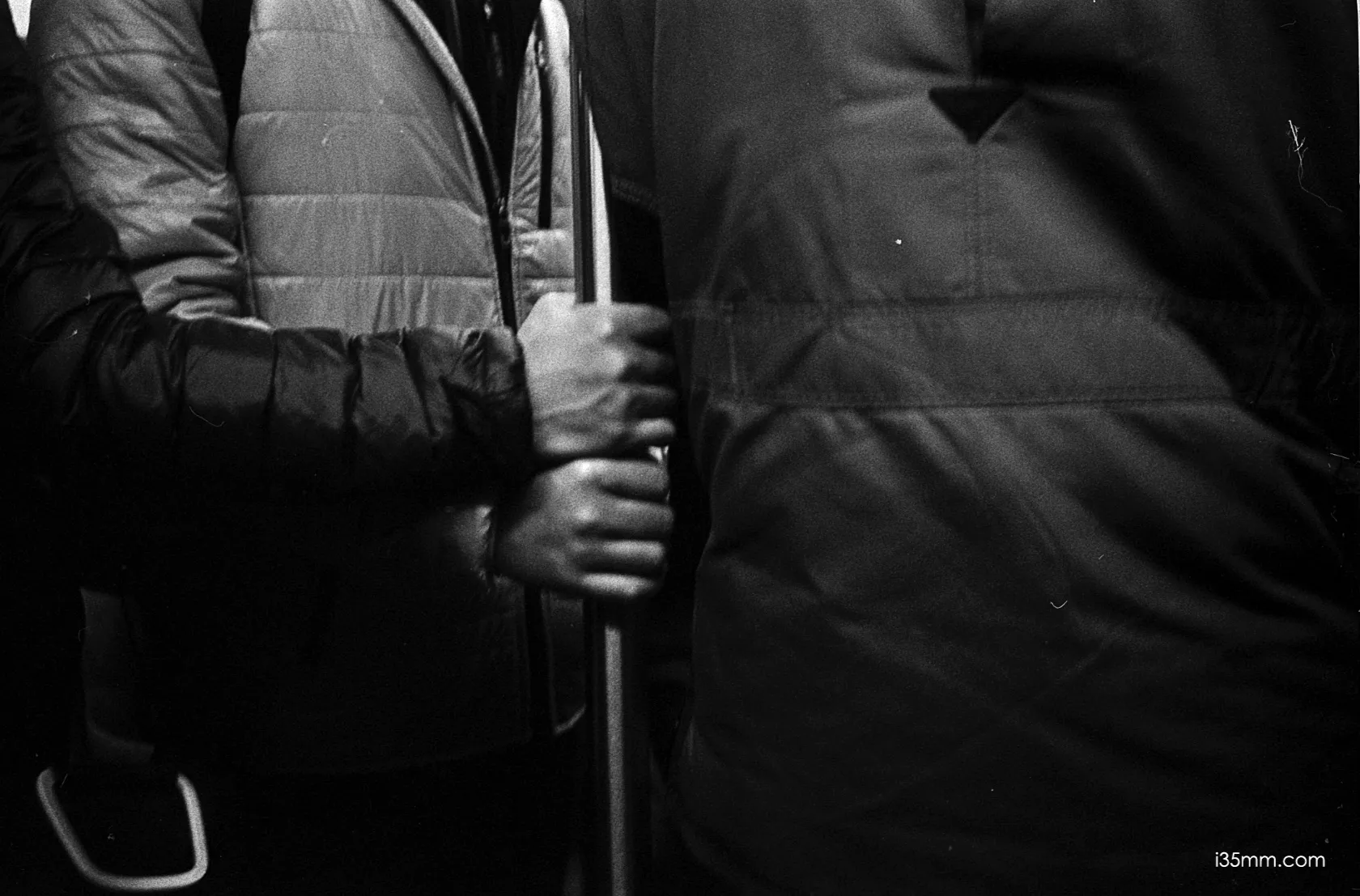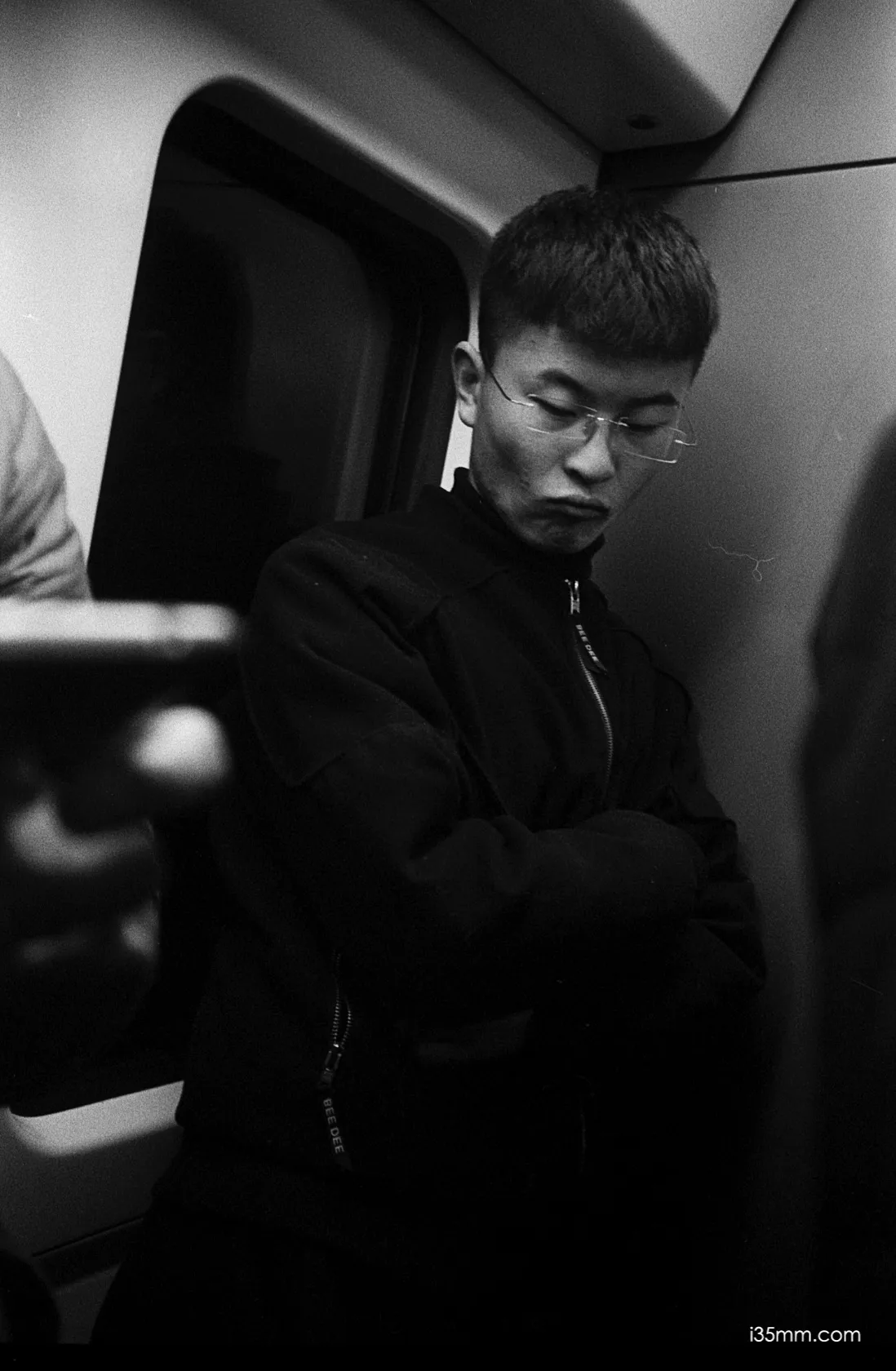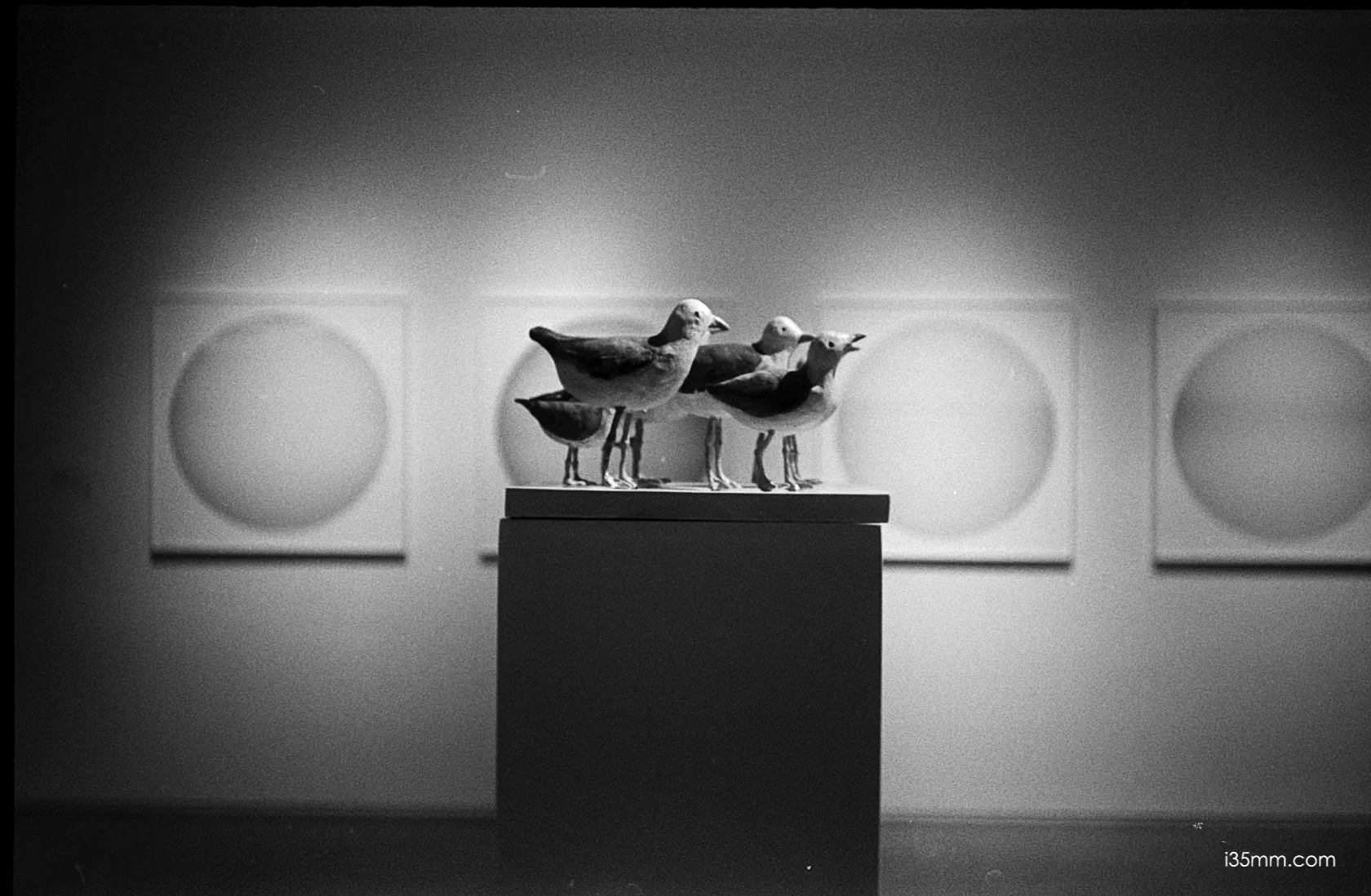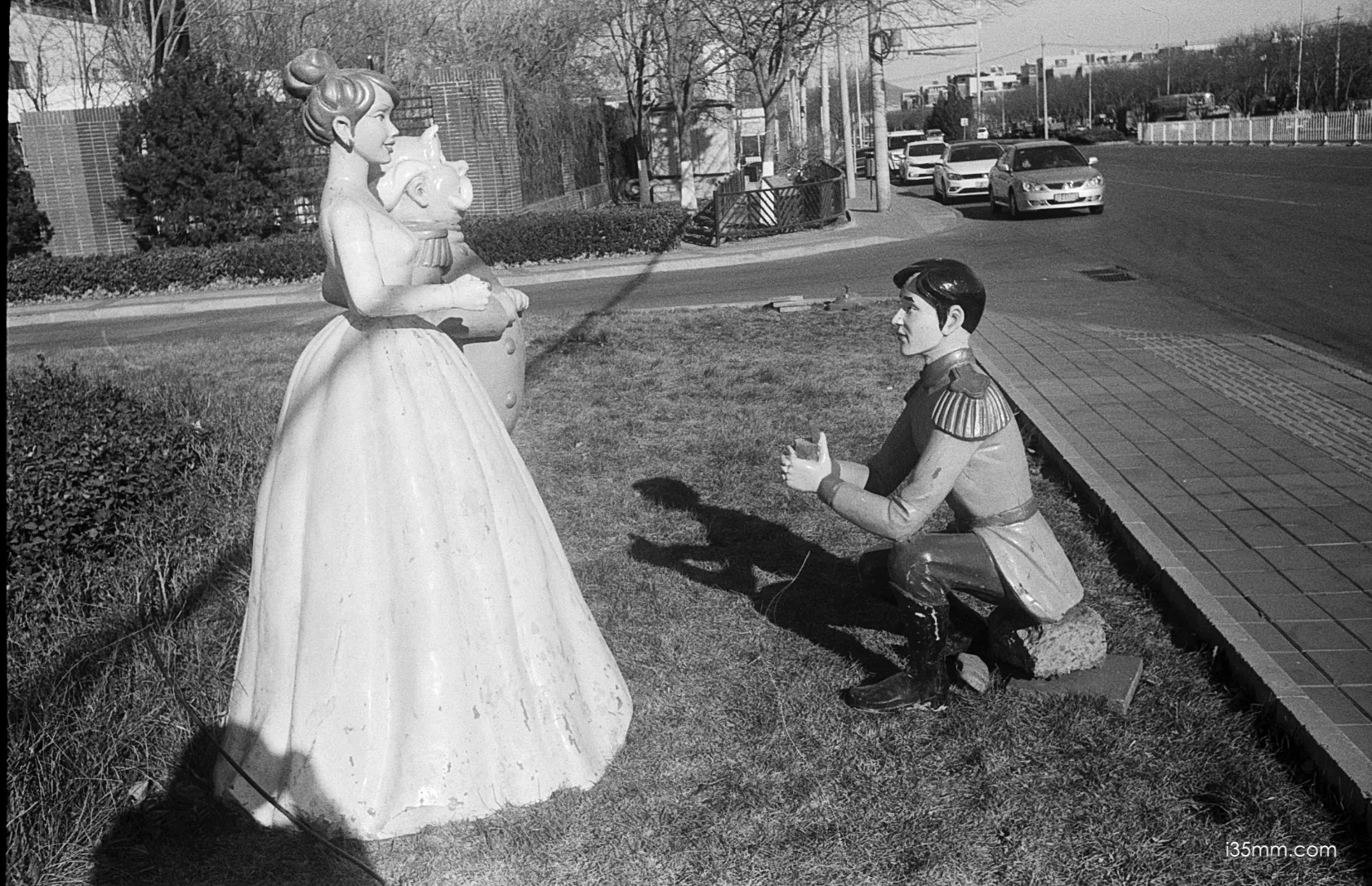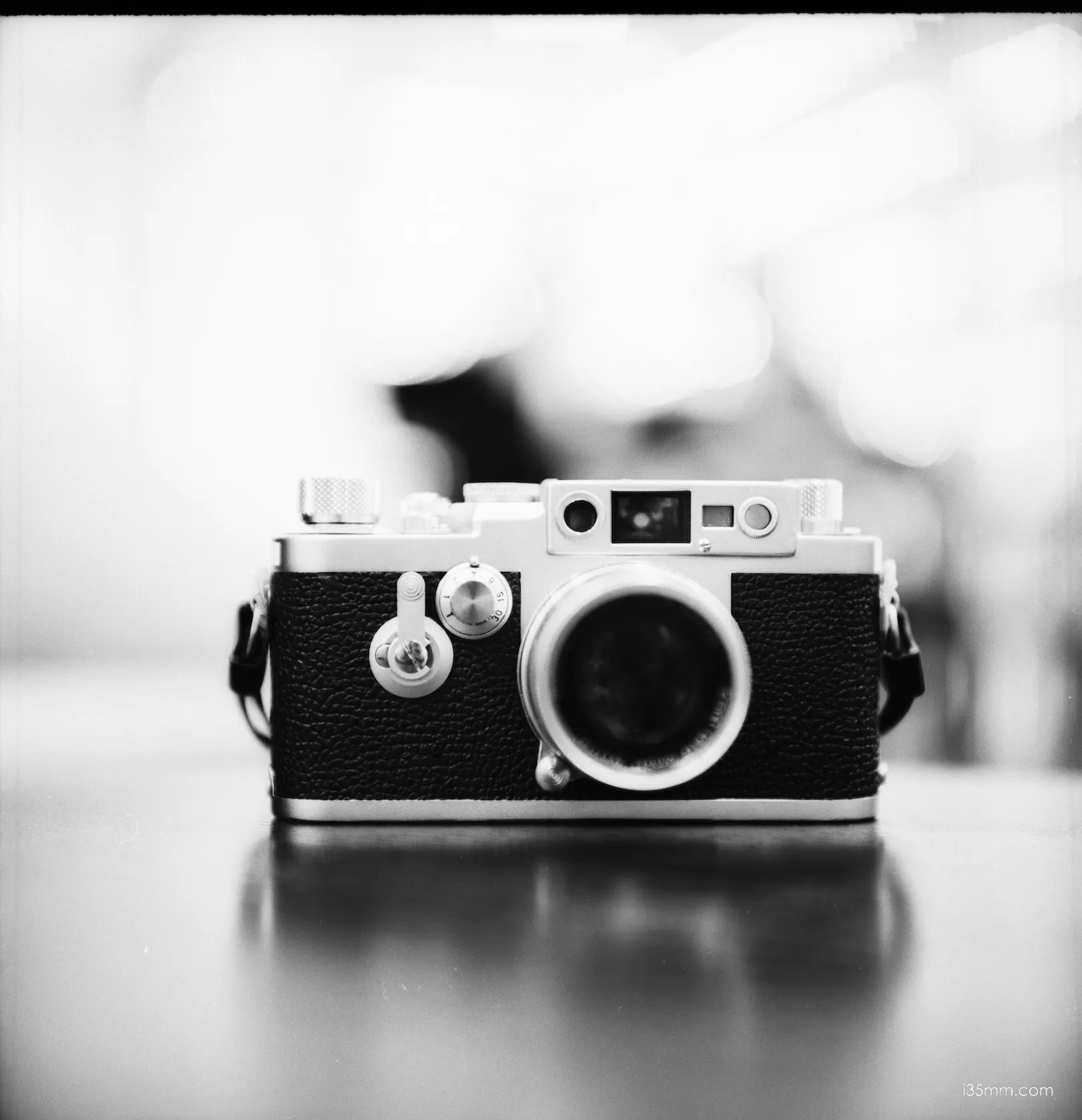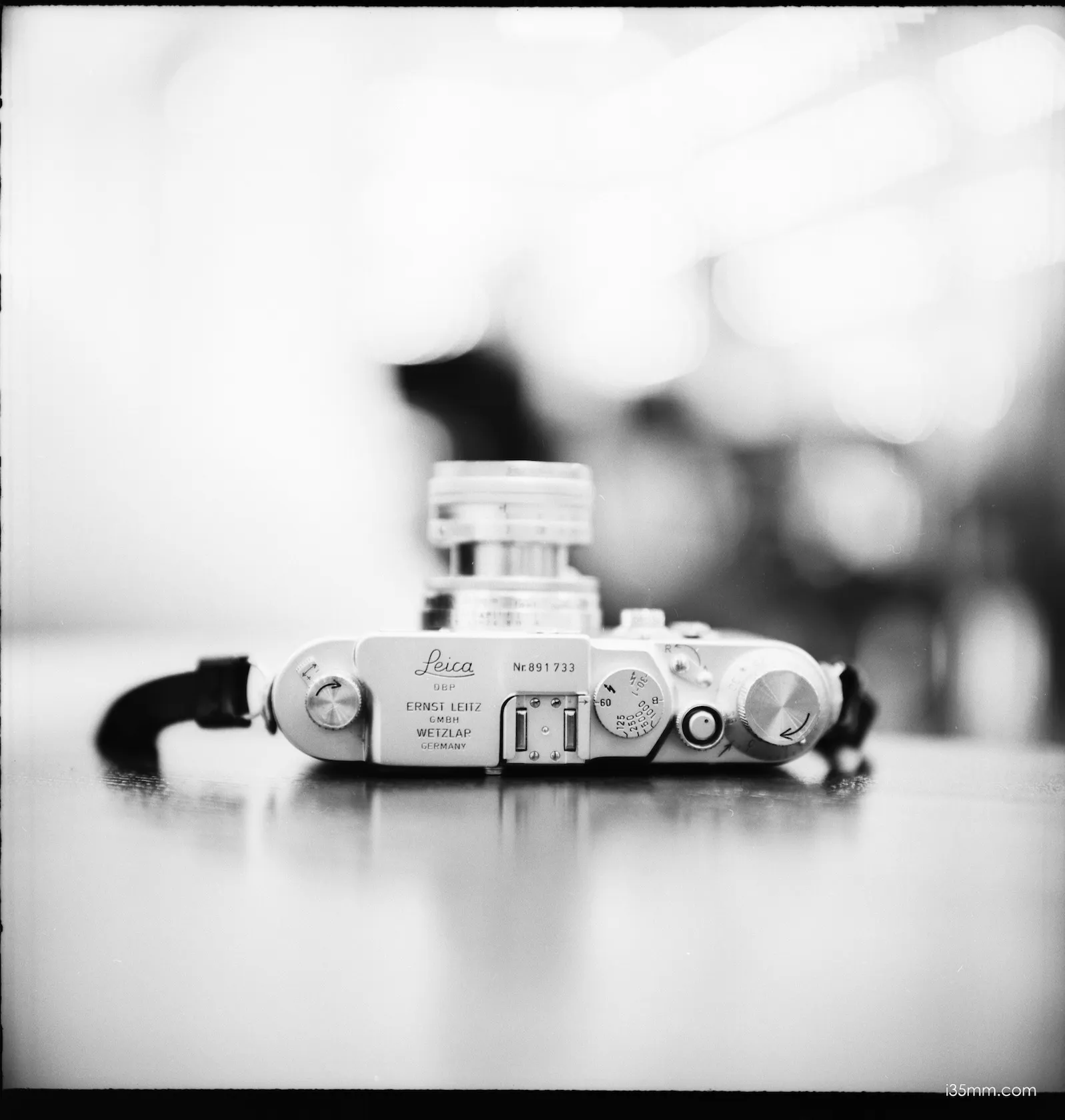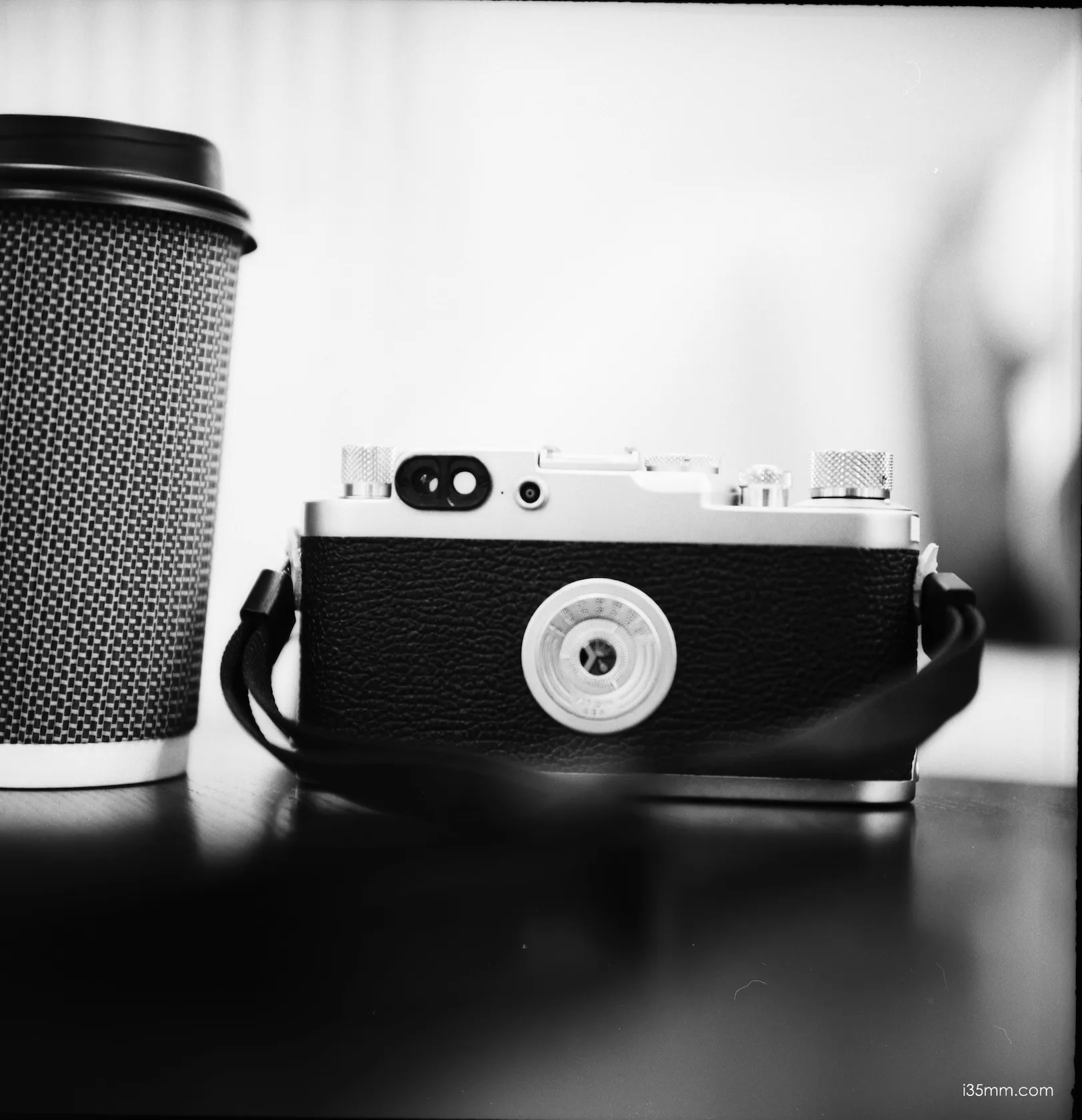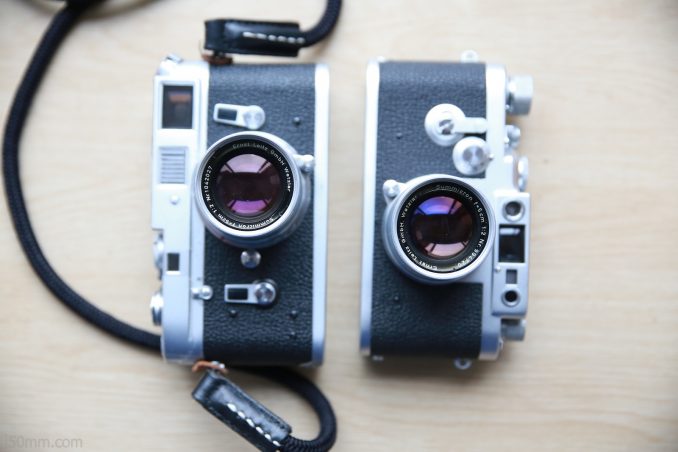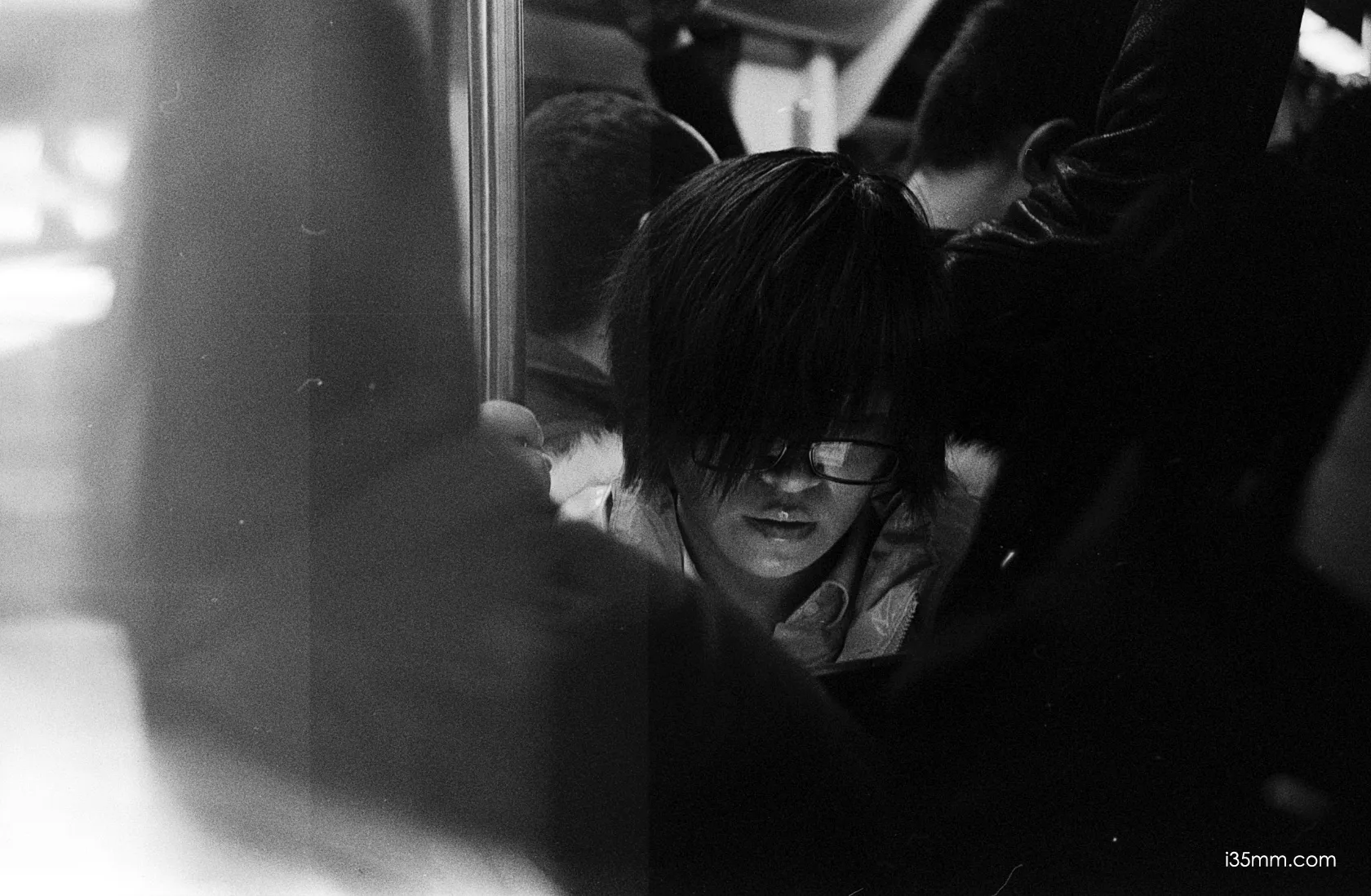
The Leica M3 is a true legend in the history of photography. It’s not just the pinnacle of the Leica brand’s brilliant history — it’s an eternal classic in the hearts of countless photographers. The Leica CL, on the other hand, has done something really special. It’s broken new ground in the field of rangefinder cameras with its small and exquisite body. It’s become a bright pearl in the Leica family. If the CL can keep its special charm while making things even more precise and finely crafted, and giving it a more distinctive and unique personality, then it’ll be no surprise when it beats the Leica M6 and becomes the favourite of the new generation!
The Leica CL’s short focal length baseline design does have one slight drawback: it limits its perfect match with large aperture lenses to a certain extent. But don’t fret! This feature makes it a perfect match with lenses with apertures of f/2.8 and below. With these lenses, the CL really shines! It produces the finest image quality and deepest depth of field, making it perfect for photographers who want the best of both image quality and portability.
The Leica CL might have a few limitations, but that doesn’t take away from its value as a great camera! And there’s more! Its affordable price, excellent durability, compact size, and instantly recognizable small design combine to create an irresistible appeal. There’s something really special about holding the CL in your hand. It’s like holding the key to time! And each soft click of the shutter is a perfect tribute to classicism and innovation.
And then there’s the story about the relationship between the Leica CL and the M5, which is even more legendary! Word has it that the CL, with its one-of-a-kind charm, had a pretty big impact on the M5’s sales. In fact, it’s said that it led to the CL’s sad departure after three years of production.
For me personally, the Leica CL is undoubtedly my favorite. Compared to the slightly conservative design of the M5, the CL’s sleek and compact styling is more in line with my aesthetic. Whenever I pick it up, I can feel the unique flavor and ingenuity from Leica. Leica CL is not just a camera, it is an attitude towards life, a spiritual symbol of the relentless pursuit of beautiful things.
Leica CL is being made by Minolta of Japan. They’re a partner with excellent technology and craftsmanship, and they’re helping to keep the Leica CL a member of the Leica family in its purest form. From the very start, Leica has been involved in every detail of the CL’s design. They wanted to make sure that the camera not only looks elegant and classic, but also meets Leica’s high standards for performance and quality.
Every line, every button, and even the layout of the internal structure of the CL is the result of the efforts and wisdom of Leica’s wonderful designers. Together, they’ve created a camera that’s truly one of a kind, showcasing the unique Leica style we all know and love. And Minolta, as the manufacturer, makes sure that every part of the CL’s production process meets the quality standards set by Leica. They use their excellent manufacturing techniques and strict quality control system to make sure everything is just right!
So, even though the CL’s origin label reads “Minolta Japan,” it’s really Leica’s blood that flows in its veins! It’s a reflection of Leica’s persistent pursuit of the art of photography and relentless innovation. If you’re a photographer who loves Leica and wants a top-notch photographic experience, the CL is the perfect choice! You get to enjoy Leica’s iconic design while experiencing the amazing craftsmanship and quality from Japan.
It’s so lovely to see that even today, used Leica CLs are still going strong and remain a firm favourite among photography enthusiasts thanks to their incredible durability and stability. These lovely oldies but goodies seem to have been given a bit of a makeover by time! They’re still going strong and ready to be used in every shoot, showing amazing reliability.
It’s really impressive how well the Leica CL’s metering system holds up compared to other cameras from the same era. Many of them just don’t have the same staying power when it comes to their metering functions. This is thanks to Leica’s dedication to quality and precision in the design and manufacturing process, as well as the amazing craftsmanship contributed by Minolta as a manufacturing partner. Even today, when we pick up a used Leica CL and flick the dial, the familiar and precise metering indications still respond quickly and accurately. This is great for photographers because it provides a reliable reference for exposure, ensuring that the perfect moment of light is captured on every shot!
This amazing durability and stability is one of the main reasons why the Leica CL is so popular on the used market. It’s not just a camera, it’s a symbol of heritage and faith. Every photographer who owns it can feel the unique charm and craftsmanship from Leica.

































































































